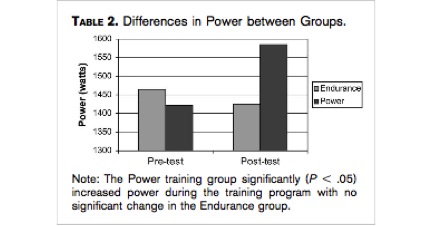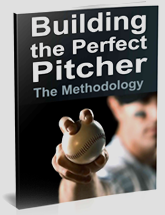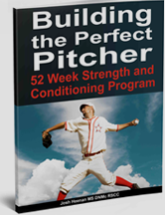Why Your Recruiting Sucks
(I stole the title of this article)
I love my job. Anyone who has met me knows this within the first 5 minutes of talking. It’s my love and passion; along with the fact I have amazing athletes that are hard working and extremely dedicated.
Most of my clients play or end up playing a reasonably high level of baseball in college. For many of these young men, it’s been a dream since they were in 7th grade being able to play ball in college.
The unfortunate fact is that many athletes come home from their first semester of college hating the coaches, team, and school. Check out this text I received yesterday from one of my athletes.
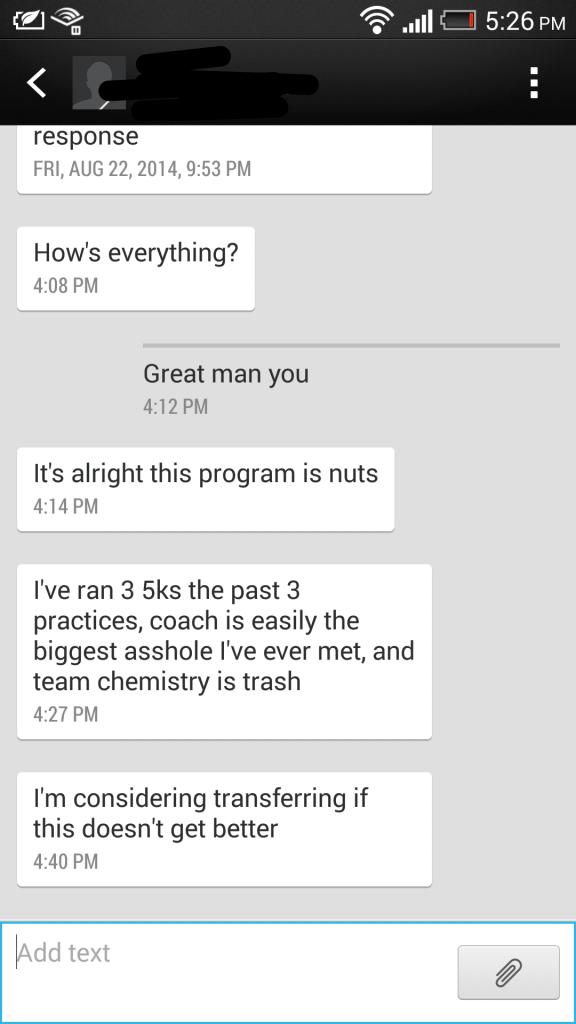
Picking a college can be a very tough process regardless of how good at baseball you are. Making a decision to leave (or stay) home for college is tough enough, without adding in academics, baseball, scholarships, etc.
This week alone I have received dozens of emails about recruiting. To each of these messages, I send them to my buddy Wayne Mazzoni’s website. Having known and worked with Wayne for close to 10 years, I know he always is honest and direct with anyone I have sent his way (check out his post Recruiting Sucks & Your Recruiting Sucks. Sorry…Had To Say It).
The sad part about the text I received is the situation could have been avoided (like most!). Looking deeper into the program you may enter goes outside field and classroom these days. Understanding that jumping into a program that conditions their athletes like cross country runner is going to DECREASE muscle mass, strength, size, and power while INCREASE risk of injury. A terrible decision if you wish to play ball after college.
So what are you to do?!
Get educated, ask questions, have an advisor or mentor to help you through the process. Many of our collegiate and pro athletes mentor younger athletes and act as a great soundboard when questions arise.
For more free info check out Wayne’s blog. www.waynemazzoni.com
Have questions about recruiting? Ask below in the comments section.
2014 MLB Drafted Athlete Update
Having been out of the country for the 2014 MLB Draft I’m a little late to the party.

Kody Kerski– 8th Round Seattle Mariners- Former athlete from Sacred Heart University. Here is an article featuring his development preparing Kody for the Cape Cod League and MLB Draft.
Having worked with Kody for his first three years at Sacred Heart, I can tell you that teammates always recognized him as having the hardest pitches to hit not for velocity, but for movement. At the beginning of his Junior year, he focused hard on adding weight and taking his training to the next level. Adding about 15 lbs to his frame that off-season equated to about 5 MPH on the mound, topping out at 95. Check out the differences in stats from his FR/SO years to his JR/SR campaigns.

Willie Rios– 26th Round Arizona Diamondbacks- Willie been listed as a legit 2-way player on the mound and at bat and had offers to sign in the top 3 rounds this year. Willie will have many options for the future and if he decides to go the college route we will push his development in search of breaking into the first round via Maryland. More info here on his draft status.
Moore Southport 2014 Pro, College, and High School Baseball Commits
As we get prepared to kick start the baseball season I wanted to list some of our athletes that are committed in ink for this season and the fall. Many more to come, but here is the short list.
Professional


College
Ryan Crawford- Hamilton College
Victor D’Ascenzo- Lafayette College

Pete Detrik- Springfield College
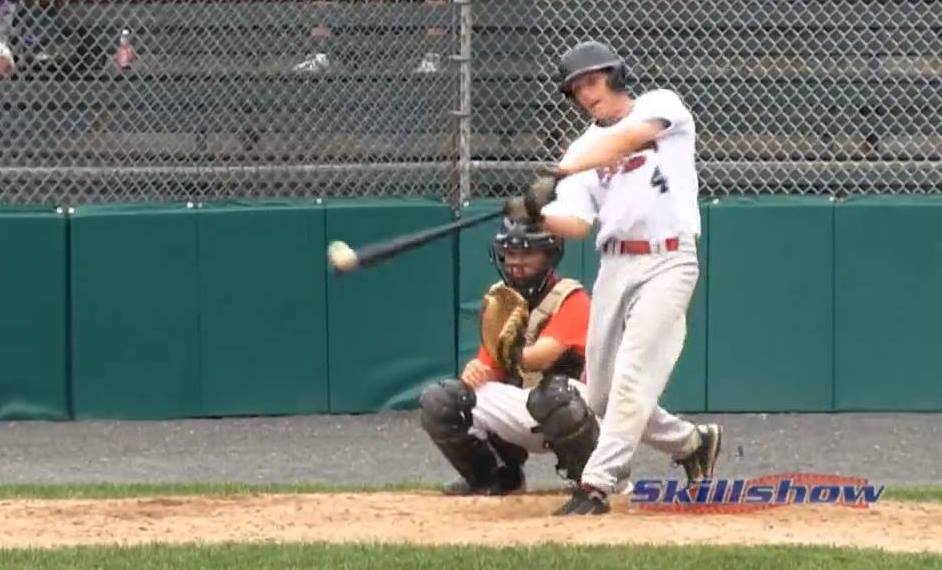
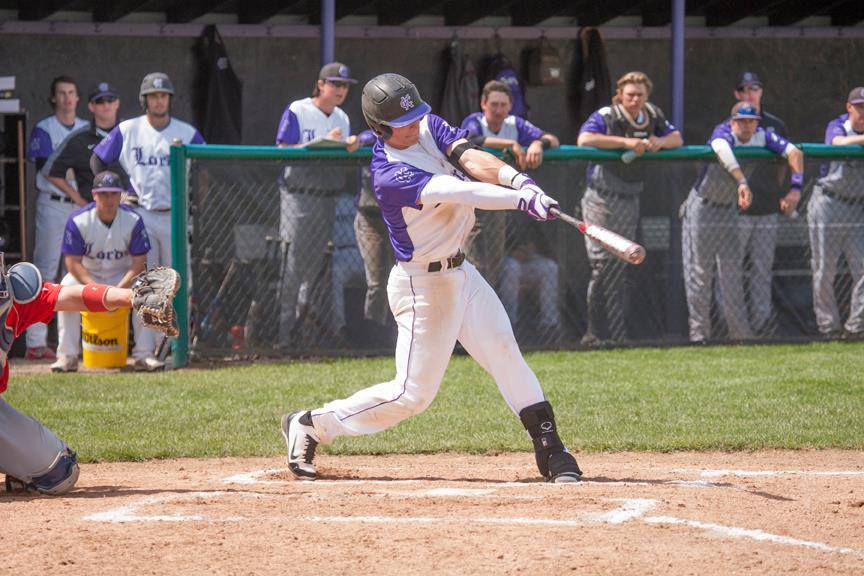
Alex Farina- Lafayette College
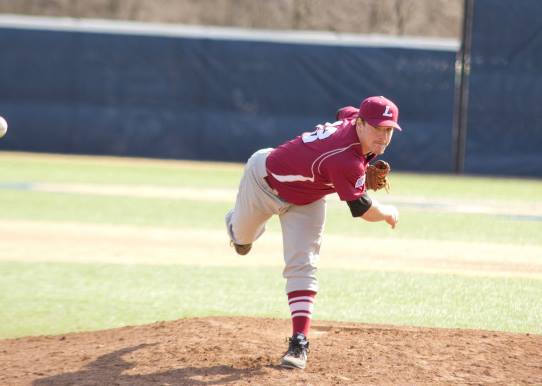
Henry Milano- Dickinson College
High School
Mike Arman- Central Connecticut State University
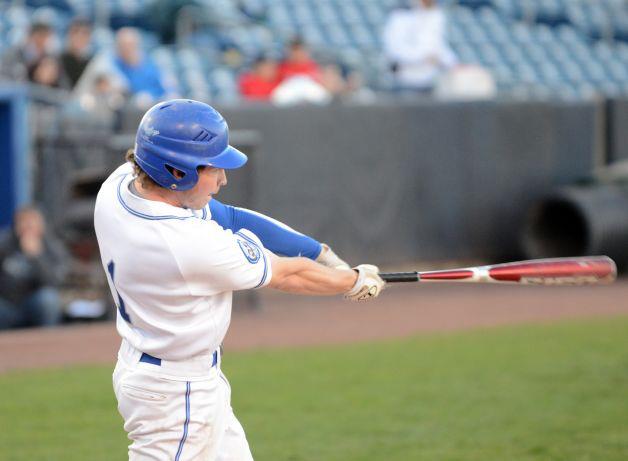
Mike Foley- University of Rhode Island
JT Hintzen- Sewanee: The University of the South
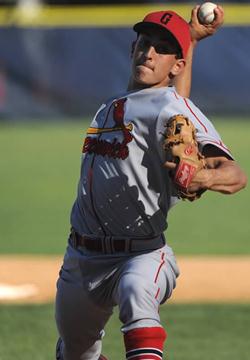
Willie Rios- University of Maryland

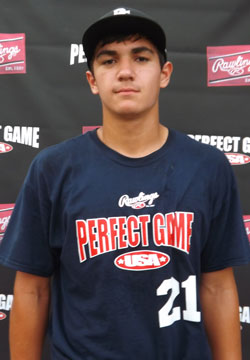
Move Fast, Throw Hard, Live Well- Little League Curveballs and Youth Weight Training
This weeks post I am going to share a readers question and my response about weight training his younger athlete. If you have a question you would like answered feel free to shoot me an email.
Enjoy!
Q:
What would you recommend for a 13 yr old 7th grader, honestly? I am not wanting him to do more than hi-rep, bodyweight exercises at most. He’s 5’9” (and growing), 110 lbs. throws pretty hard – has a nice arm, and I want to keep that intact. Staring the travel ball with a good, established organization in IL this year…what are your thoughts on throwing curve balls, if taught by a former pro pitcher, etc? (I am leery of that).
A:
As I said in the webinar, if you can play organized sports, you can train (and its safer!). High rep stuff is fine, but that’s where we usually see injuries because of fatigue and poor form. Moderate weights would be a better option for him. Move well and then move higher weights.
Here is my take on youth curveballs; research wise if it’s being taught properly (mechanically efficient) there is not a huge chance of injury. That being said, there are a ton of bad coaches out there (not that his is bad–I have no idea), but being a former pro doesn’t automatically qualify you to be a “good” or well researched coach.
From what I have seen in the rehab and coaching world, poor progression of throwing (jumping up in intensity or mainly volume) too quickly leads to lots of issues. The kids who throw “too many curveballs” are usually the kids who cant compete with just a fastball. And as I have written about before, skipping on fall/winter baseball is a must.
At this point in my career, if my child was a pitcher in little league I would encourage fastball and change up location and speed, that alone will keep batters off balance. Once they start shooting through puberty (13-15 years), I would let them play with curveballs with a coach that is highly qualified. I grew up with a coach who said “never two curves in a row” for both practice and play. Great rules to help set-up hitters and stave away from overuse.
The image attached is a visual of when portions of the arm ossify. The medial epicondyle is the last to fully fuse and we should always proceed with caution.
On the other hand, Phil Rosengren does a great job at expressing why he thinks kids should be tough the curveball at a younger age. To be frank, I don’t disagree with any of his points. And to Phil’s credit, every athlete he has sent me has never had an elbow pathology.
Many people are racing for their kids to be on ESPN in the LLWS. I think they are racing the wrong race. I’ve had the opportunity to work with many kids whom have been on ESPN before the age of 13… some of what they are dealing with mentally are so unfathomable it’s disgusting. Not to mention some of the injuries I’ve seen especially from the “best” players on those teams.
Move Fast, Throw Hard, Live Well – Mound Height, Throwing Programs, Links Between Foot Function and Upper Extremity Surgery
This article was shared with me by one of our in house PTs whom treats a ton of throwing shoulders. The foot starts the chain reaction of throwing. Without effective transfer of force from the foot there are links to upper body dysfunction, and in this case, surgical repair.
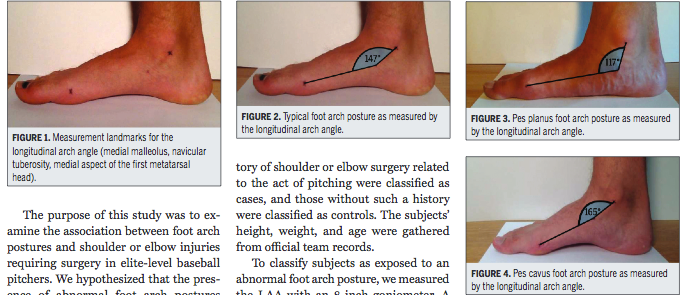
Picking out quality shoes and cleats can have a dramatic impact on ones movement and performance, make sure to get fitted by a qualified professional whom understands how your foot functions.
Pitching Mound Height Affects Throwing Motion, Injury Risk
As we head towards the pre-season, pitchers often rush themselves back to the mound in hopes to catch up to their more conditioned counterparts. Unfortunately, poor preparation and progression leave their shoulders and elbows in pain. This article gives good info on how the stress of throwing on a mound is higher than flat ground throwing. When returning to the mound, progressing methodically with a throwing program is a necessity if you want long-term health and performance.
Move Fast, Throw Hard, Live Well – Tommy John Surgery, Lactic Acid, and the Physiological Response to Pitching
Mike Reinold, former Physical Therapist for the Boston Red Sox does an outstanding job at laying down realistic expectations in regards to ulnar collateral ligament (UCL) reconstruction. This is a must read for all pitchers!
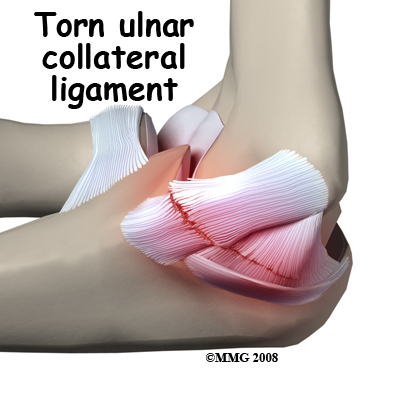
The physiological responses to a single game of baseball pitching
This is an older journal article that takes an in-depth look at how the body responds to pitching 7 innings. The researchers provide intermittent data within the game and 24 hours post game.
It’s Not About the Lactic Acid: Why You’re Still Sore After Yesterday’s Ride (Workout)
Dr. Burke does a nice job at explaining the reasons why “lactic acid” is not the issue the day after a workout. I can’t begin to explain how often athletes, coaches, and parents talk about how they need to “clear the lactic acid” from the previous days workout. As Burke states “lactic acid is completely washed out of the muscles within 30 to 60 minutes after you finish riding. Since muscle soreness does not show up until 24 to 36 hours later, scientists have been exercising their brains to come up with another explanation.”
The next time a coach or trainer tells you are doing distance running as a “flush run” or “to clear lactic acid” start asking why, because the science in no way backs this claim.
Move Fast, Throw Hard, Live Well — Thoracolumbar Fascia, Pitching and Youth Athletics
2013 proved to be the busiest of years in all aspects of my life. A short list of events include: buying a house, getting engaged, moving my fiancé to another country, starting my Doctorate of Integrated and Natural Medicine, and seeing over 100% growth from 2012 in our performance and fitness division. On top of all of those things, I still manage to spend 10-20 hours reading research, blogs, and conduct case studies, because I truly love it and want to provide my clients and readers with the best information available.
The reason I write all of this is I plan to write, at minimum, once a week on any research, articles, cases or thoughts. As always, any suggestions or comments please provide below.
Without further adieu…
-
Thoracolumbar Range of Motion in Baseball Pitchers and Position Players
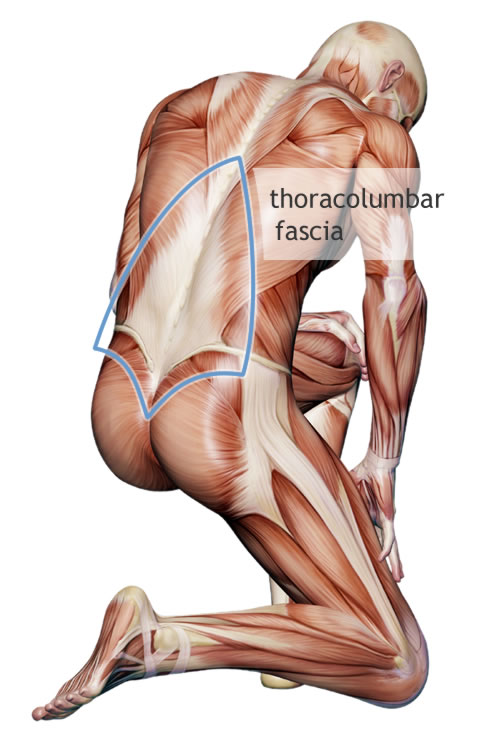
“Pitchers have a greater amount of rotation ROM towards the non-throwing arm side as compared to position players. Pitchers also have a greater amount of rotation ROM to the non-throwing arm side as compared to their throwing side rotation. Because pitchers often present with posterior shoulder tightness and subsequent altered shoulder horizontal adduction and internal rotation ROM, the increase in non-throwing side rotation ROM may occur in response to these adaptations. More specifically, this increase in non-throwing side trunk rotation ROM may allow such athletes to bring the arm across the body during the follow-through phase of the throwing motion despite posterior shoulder tightness.”Thoracolumbar fascia is a large, fibrous tissue located in our lower back that connects into our lats and glutes; a powerhouse for generating force in rotational athletes. In pitchers, I have often said that improved extension and external rotation of the arm will lead to more powerful pronation and velocity increases. This research gives added validity to rotational training in both directions to allow the non-throwing side trunk to create a larger lever to generate more trunk force and increase MPH.http://www.ncbi.nlm.nih.gov/pmc/articles/PMC3867070/ -
Overuse injuries and burnout in youth sports: A position statement from the American Medical Society for Sports Medicine
This is a must read for any coach or parent. A portion of the younger athletes I evaluate play one sport all year round, deal with nagging and long term injuries, and have many of the symptoms of burn-out. Worse part is when I pull the parent aside and explain how I think playing multiple sports “for fun” will be incredibly beneficial they often ignore the advice until the child has a serious injury.http://www.amssm.org/Content/pdf%20files/2014_OverUse_Injuries-Burnout.pdf”
-
Differences in physical fitness and motor competence in boys aged 6-12 specializing in one versus sampling more than one sport
The researchers found “multiple comparisons revealed that boys aged 10-12 years, who spent many hours in various sports, performed better on standing broad jump and gross motor coordination than boys specializing in a single sport.”http://www.ncbi.nlm.nih.gov/pubmed/?term=Differences+in+physical+fitness+and+motor+competence+in+boys+aged+6-12+specializing+in+one+versus+sampling+more+than+one+sport.
So… you’re saying that playing multiple sports will give my athlete a chance to be more powerful, more athletic, and help avoid long term physical and psychological dysfunction?
YEP!
Screening and Program Design for Baseball Players
The following video is a snippet taken from a seminar we held at Moore this past fall. It shows a few pieces of how we assess each athlete whom walks through our doors and how we design programs/lifestyle changes to fit their individual needs. Enjoy and Happy New Year!
Scribner Documentry
The past few months have been very busy at Moore, thus the lack of posting here. A few of my athletes have been featured recently with some very cool documentaries. Most recently, Troy and his brother Evan. Happy Holidays and enjoy the video!
Portraits : The Scribner Brothers from Manuel A. Santiago
Why Your Conditioning is Hurting Your Performance on the Mound!
By now, readers of this blog are familiar with the concept of the “well rounded athlete”—the athlete who focuses on the fundamentals of movement and conditioning in order to master the finer points of his sport. While I believe that all baseball players should embrace this philosophy, I urge pitchers to exercise particular caution in applying it. This is especially true with regard to distance running and pole running, two long-time staples in the pitching community. As I explain in the following paragraphs, these conditioning methods may harm a pitcher’s on-field performance more than they enhance it.
Common Misuses of Conditioning
The first misconception about distance and pole running is that they help to remove excess lactate from the blood after a pitching outing. This belief embodies a basic misunderstanding of the physiology of pitching. Pitching is a maxium effort burst movement that is repeated dozens of times over the course of a game. The burst motion of pitching relies on the phosphogen or ATP-CP system, which is regarded as a lactic anaerobic energy system because it neither uses oxygen nor produces lactic acid if oxygen is unavailable. In laymen’s terms this means that, contrary to popular belief, pitching does not increase blood lactate levels significantly. Therefore, “flush” runs designed to lower blood lactate levels merely expose pitchers to a decrease in power and increased risk of injury without bestowing any measurable benefit.1
Distance and pole running present other problems as well: a lack of neural adaptation (high powered nervous system output); limited or diminished strength gains; and an underdeveloped range of motion in portions of the lower body that are essential to the pitching motion. Holloszy and Booth produced the following paragraph while studying the biochemical adaptations to endurance exercise in muscle.
“The nature of the exercise stimulus determines the type of adaptation. One type of adaptation involves hypertrophy of the muscle cells with an increase in strength; it is exemplified in its most extreme form by the muscles of weight lifters and bodybuilders. The second type of adaptation involves an increase in the capacity of muscle for aerobic metabolism with an increase in endurance and is found in its most highly developed form in the muscles of competitive middle- and long distant runners, long distant cross country skiers, bicyclists, and swimmers. Although many types of physical activity can bring about varying degrees of both types of adaptation in the same muscle, it does appear that these adaptations can occur quite independently of each other in their most extreme forms. For example, the hypertrophied muscles of weight lifters do not appear to have increased respiratory capacity, whereas the muscles of rodents trained by prolong daily running, which have large increase in respiratory capacity, are not hypertrophied and show NO INCREASE IN STRENGTH”2
As I have discussed elsewhere, bodyweight is directly correlated to ball velocity. Distance running reduces an athlete’s fast twitch muscle fiber count and muscle mass, which leads to diminished overall body mass and ultimately robs a pitcher of crucial miles per hour on his pitches. However, there is good news even for pitchers who have unwittingly sacrificed body mass and velocity by doubling as distance runners. By using creatine as a dietary supplement, a pitcher can increase body mass both quickly and safely, and will likely reap the benefits in the form of increased ball velocity. I discuss this topic at length in my article “Why All Baseball Players Should Be Using Creatine.”
Further proof that pitchers should avoid distance running is offered in a tremendous article titled “Noncompatibility of Power and Endurance Training Among College Baseball Players.” This study split 16 Division I collegiate pitchers on the same team into 2 groups, both of which were tested before and after th season. The sprint group performed repeated maximal sprints ranging from 15 to 60 meters with 10 to 60 seconds rest between each sprint. Workouts were performed 3 days per week and consisted of 10–30 sprints. The second group (8 Pitchers) performed moderate- to high-intensity aerobic exercise (jogging or cycling) 3–4 days per week for 20–60 minutes per day (mainly poles). Over the course of the season, the sprint group increased power by ~20% while the endurance group decreased power by ~ 3%. That’s dramatic.3
In short, pitchers should think long and hard before incorporating distance and/or pole running into their training routines. Basic physiology suggests (and the research confirms) that these endurance-based practices jeopardize a pitcher’s power, muscle mass, and skill-specific endurance. Any pitcher intent on succeeding at the highest levels of the game should focus on building and maintaining muscle mass and fine tuning mechanics to optimize the power transfer between his wind-up and delivery. Ball velocity is, and always will be, the factor that separates the wheat from chaff.
Optimal Conditioning for Pitchers
Here are three options I use for conditioning for pitchers (all baseball players for that matter). Be sure to fit your workload and rest frequencies to the aerobic and muscular systems that you are working on.
- Sled Pushes
Sets of 10-40 yards. You can adjust loading parameters to meet your goals with regard to power, speed, and strength.Shout to @josh_heenan giving me that 700lb sled push for breakfast.
— John Michael Murphy (@MurphsLaws) November 11, 2013
- Flat Ground Sprints
Sets of 10-40 yards. You can play with the number of sets to fit your goal of repeated power. - Hill Sprints
Sets of 10-20 yards is sufficient. You can play with the number of sets to fit your goal of repeated power. Obviously the steeper the hill, the more you will hate life!
Conclusion
Just because a practice has become tradition does not mean that it is the best, or even a good way, to enhance on-field performance. Further research and anecdotal evidence will undoubtedly reveal even better ways than the ones I offer above to optimize a pitcher’s output. However, the next time a coach tells you to run poles or run a few miles, politely share this article with him and ask their opinion. I welcome any and all feedback, and I sincerely hope that this post is merely the start of a much larger conversation.
Works Cited
1. Potteiger JA, Blessing DL, Wilson GD. The physiological responses to a single game of baseball pitching. J Strength Cond Res. 1992;6(1):11–18.
2. Holloszy JO, Booth FW. Biochemical adaptations to endurance exercise in muscle. Annu Rev Physiol. 1976;38:273–291. doi:10.1146/annurev.ph.38.030176.001421.
3. Rhea MR, Oliverson JR, Marshall G, Peterson MD, Kenn JG, Ayllón FN. Noncompatibility of power and endurance training among college baseball players. J Strength Cond Res Natl Strength Cond Assoc. 2008;22(1):230–234. doi:10.1519/JSC.0b013e31815fa038.




